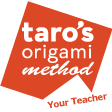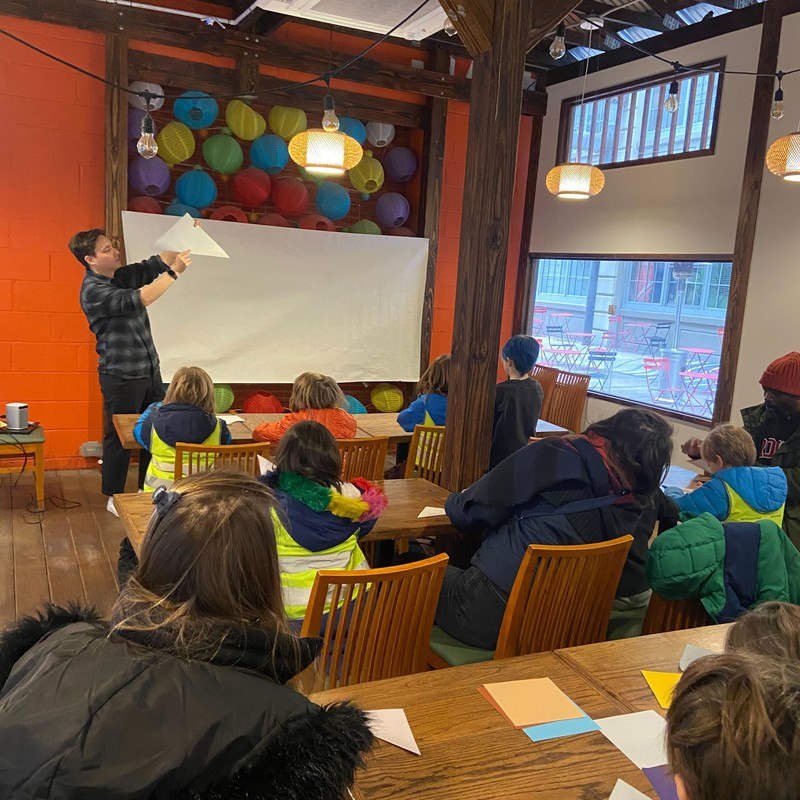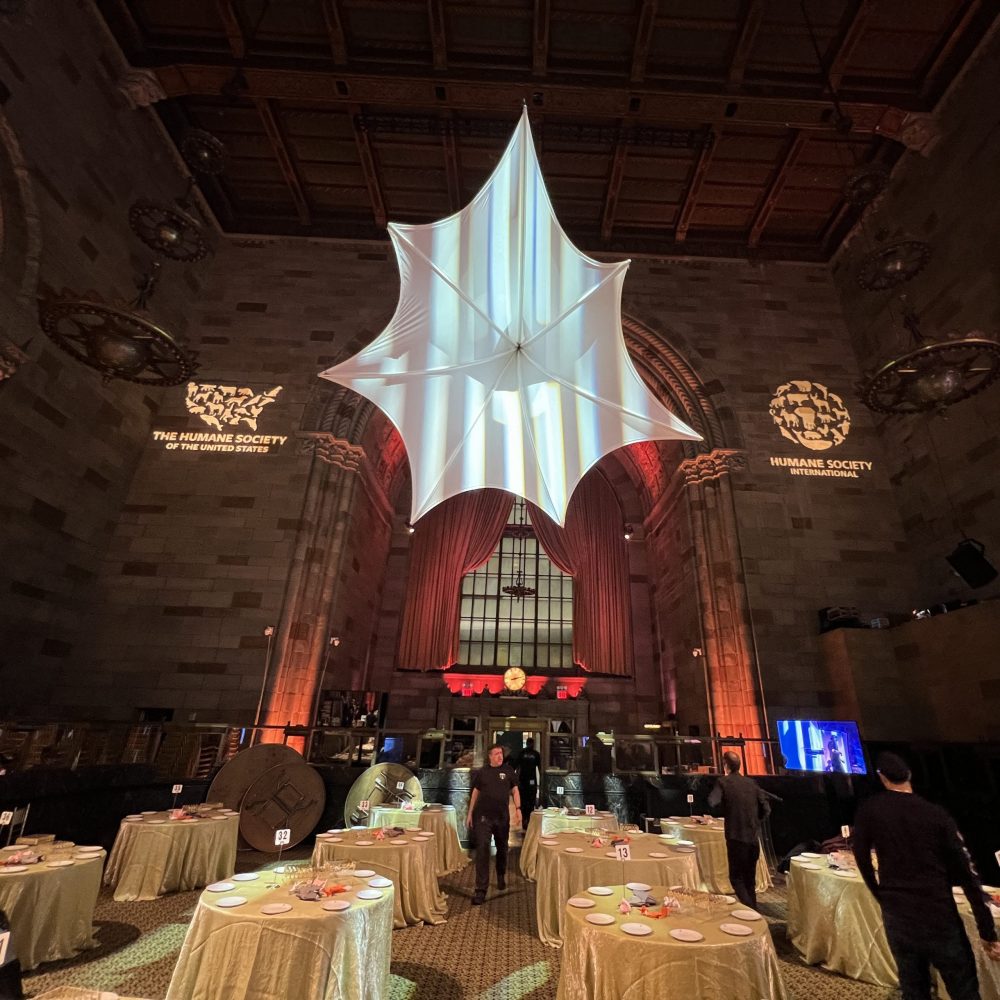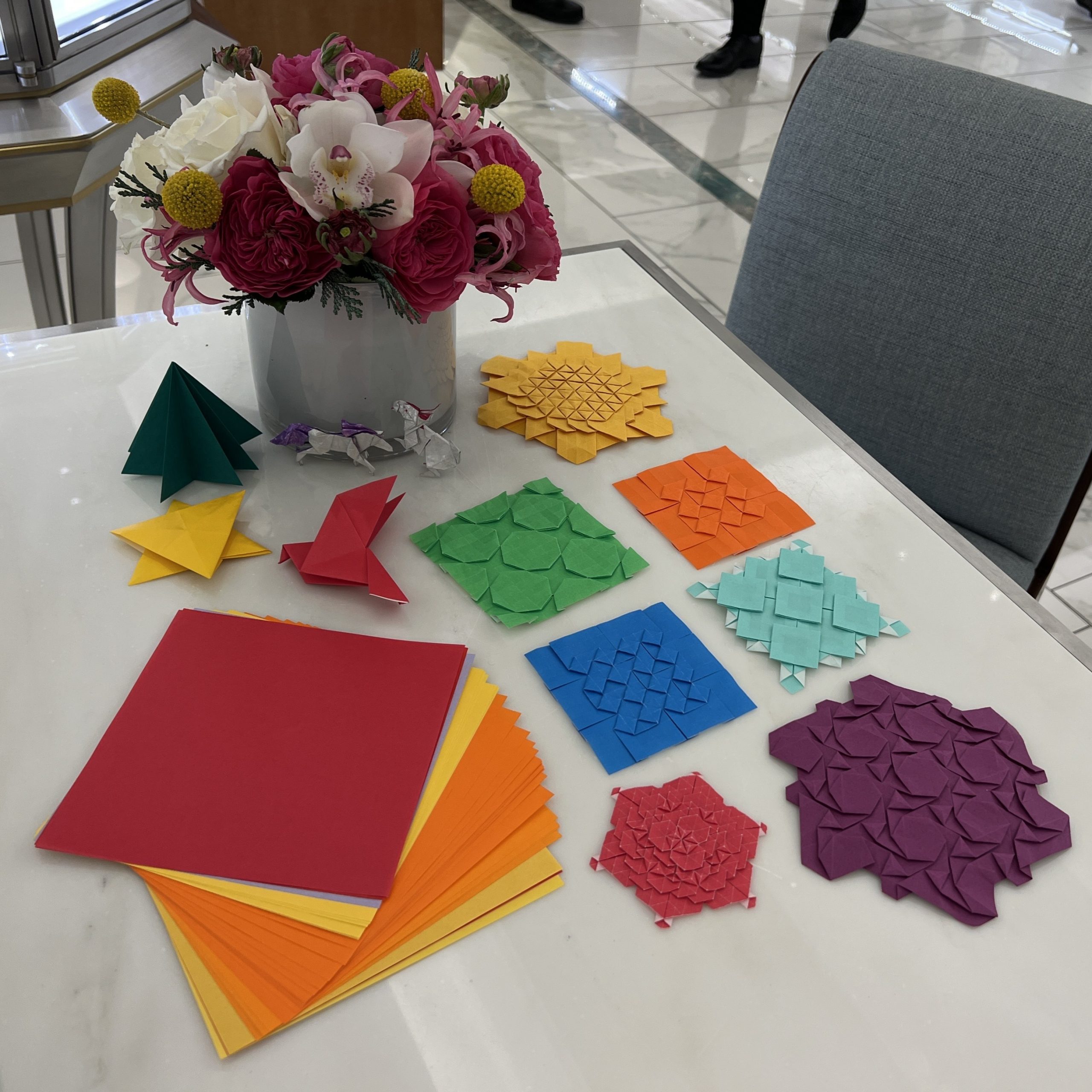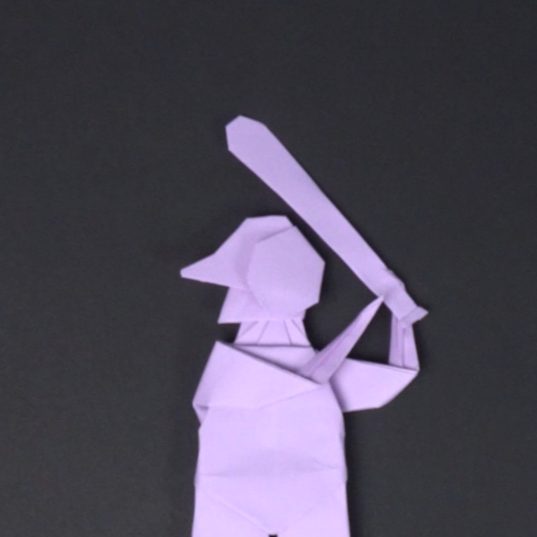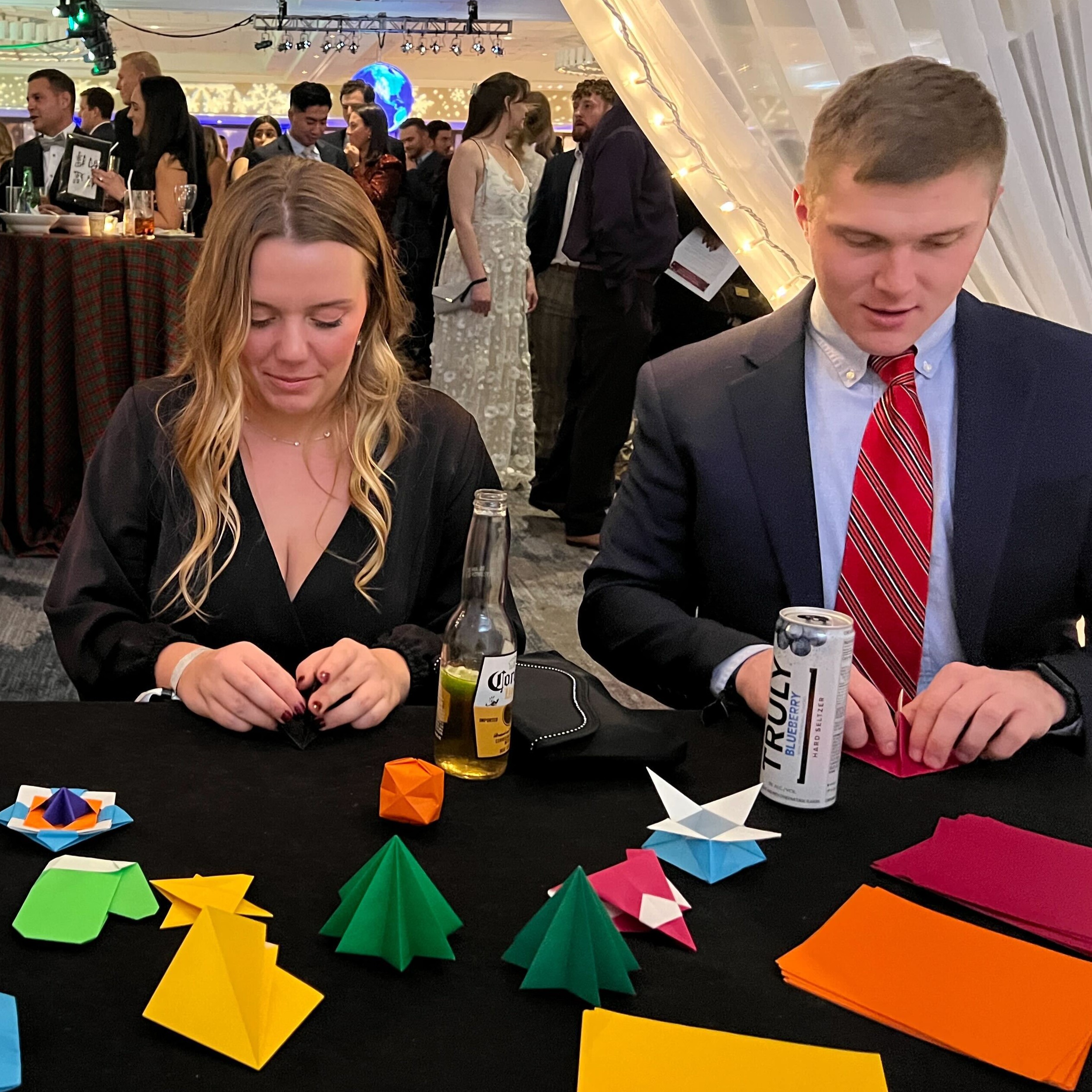Named ‘Best of’ by New York Magazine and featured in New York Times and WABC, Taro’s Origami Studio is a pioneer in developing an innovative Origami teaching method utilizing cutting-edge technology.
Taro’s Origami Studio licenses its unique teaching method, “Taro’s Origami Method,” to those interested in teaching origami professionally. Instead of teaching using the traditional method which draws little connection between models, Taro’s Origami Method stresses the fundamentals, establishing students with key skills that they can apply to folding with care and precision, reading even the most complex diagrams, and even creating their own unique models. This is where Taro’s Origami Teaching Method excels. Built around the Kyu System, it relies on progression through demonstration in the same way that many popular martial arts do. Karate awards different colored belts that represent a student’s current level—or kyu. Taro’s system uses colored wristbands that are awarded when students demonstrate mastery of a specific set of techniques from their current tier and those before it. We have classified these basic folds, or kata—the Japanese word for “forms”— according to difficulty so that students can logically and gradually advance to more complex and varied models. 
Taro’s Teaching Program features
• The world’s first Origami Teaching Method for folder of all ages from children to seniors • Teacher- and student-friendly tablet-based origami software • Top Origamist Origami Design Event • A dedication to keeping our technology innovative, exciting, and secure.
Taro’s Origami Teachers
Training
A candidate for Taro’s Origami Teacher will be given hands-on training to develop the skills necessary to gain expertise in teaching origami using Taro’s Teaching Method. Candidates will learn to use our unique tablet software that provides step-by-step video instruction for the Basic Folds and Bases that will be central to the students’ ability to progress through the various kyus (levels). Taro’s Origami Studio will certify the candidate as a Taro’s Origami Teacher when training is completed and the candidate demonstrates the skill and knowledge to teach origami according to Taro’s Origami Method.
Development and Software
In addition to the step-by-step video instructions for the Basic Folds and Bases, instructors will gain access to our extensive library of resources which include our Teaching Manual as well as videos that walk through each step of dozens of traditional models. • Unlimited access to Taro’s Origami Method teaching materials • Unlimited access to kyu-level tutorial videos • Unlimited access to traditional origami model tutorial videos
Teaching Method Breakdown
A Systematic Approach
All origami begins with the same basic folds. They may seem simple, but learning the precision and patience required to complete them each and every time is an invaluable skill—one that is necessary for folders who wish to tackle the most complicated shapes and models someday. This is where Taro’s Teaching Method excels. Like martial arts, the Kyu System relies on progression through demonstration. Karate awards different colored belts that represent a student’s current level—or Kyu. Taro’s system uses colored wristbands that are awarded when students demonstrate mastery of a specific set of techniques from their current tier and those before it. We have classified these basic folds, or kata—the Japanese word for “forms”— according to difficulty so that students can logically and gradually advance to more complex and varied models. When a student is ready to move to the next kyu, they only need to pass a brief exam to move onto the next level. There are currently six kyus: yellow, orange, blue, purple, green, and red. Each contains five specific Basic Folds or Bases.
Establishing Independence
Most origami is taught one model at a time with no connections being made between the different models. As a result of this, students eventually hit a wall where the instructions are too difficult to overcome. Because they have not been given a firm foundation on which to build, they become entirely dependent on the instructor, waiting to be shown specifically how a particular fold is executed. Eventual independence is stressed from the very first meeting with Taro’s Origami Method. Our goal is to ensure that each student is able to apply their skills with or without the aid of their instructor.
Nurturing Creativity
Origami, above all else, is a creative pursuit. With this in mind, Taro’s Teaching Method strives to instill in each and every student the confidence and ability to begin applying their knowledge to create unique models of their very own. Of course, this does not happen overnight, so our Teaching Method takes logical and gradual steps toward this future goal.
Teaching Places
Taro’s Origami teachers may teach using Taro’s Origami Method in one of Taro’s Origami Studios in NY and CA, and outside of the studios as well, in places such as schools, libraries, museums, commercial places, etc. Taro’s Origami Teachers may also teach at places of their own choosing.
Career Path of Taro’s Origami Teachers
Junior Taro’s Origami Teacher
A teacher starts one’s career at Taro’s Origami Studio as a Junior Taro’s Origami Teacher. Junior Taro’s Origami Teachers may be hired as part-time employees or as independent contractors.
Senior Taro’s Origami Teacher/ Manager of Taro’s Origami Studio
A teacher may be promoted to being a Senior Taro’s Origami Teacher / Manager of Taro’s Origami Studio if a junior teacher has suitable abilities to carry out the duties of the position. A Senior Taro’s Origami Teacher / Manager of Taro’s Origami Studio may be hired as a full-time employee or as an independent contractor.
Inquiries
Please feel free to e-mail our staff at ben@tarosorigami.com for more information.


